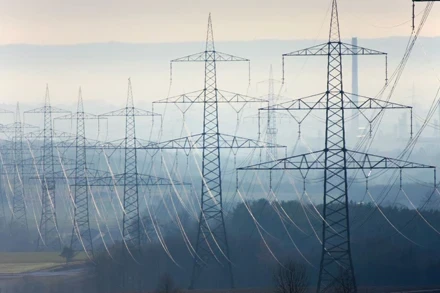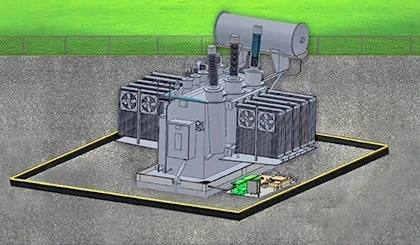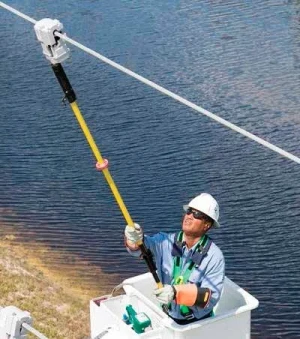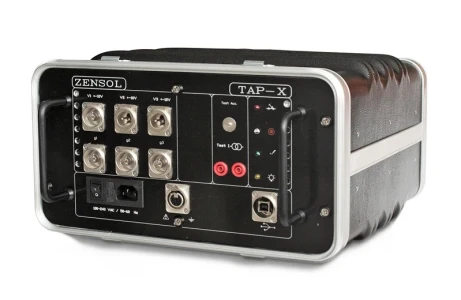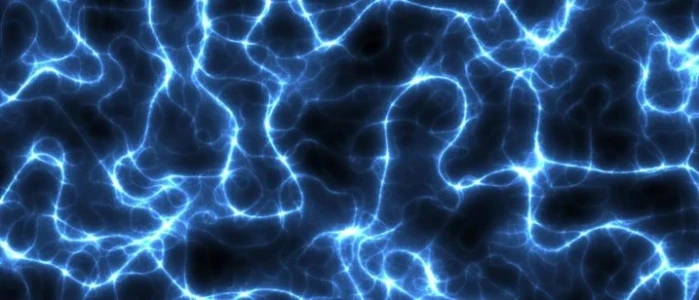The Problem with Birds in Substation Outages

Birds have been a problem for electrical substations since the first power distribution systems were built. The elevated components of substations create ideal perches and overhangs for birds to nest and find safety. Critical electrical substation design principles now include deterrent elements for avian safety.
Unfortunately, by choosing substations as their home, birds risk injury and death, and cause equipment damage and significant expense in several ways:
- Bridging: Wingtip contact, or "bridging," involves the accidental contact by a bird’s wings between electrical components, leading to a short circuit, electrocution of the bird, and damage to the equipment. Outages that result from bridging can run the gamut of size and expense—from as small as $500, to as large as $150,000.
- Droppings: The accumulation of bird feces on substation equipment can be corrosive to building materials and equipment. In certain conditions, feces can be conductive and cause system outages from “flashovers.” Droppings also contain harmful bacteria which creates an extremely hazardous work environment.
- Predators: the presence of bird eggs and fledglings are an attraction for predators like raccoons, snakes, and cats, all of which will make the effort to enter substations to find food. Wildlife-resistant substation automation logic helps isolate affected areas quickly.
Until recently, utilities and other substation operators had a handful of ineffective tools for dispersing birds from substations. But in 2019, York-based TransGard introduced Laser Bird Defense, an automated mounted laser system. The technology has worked for years in agricultural and industrial applications, and now TransGard has adapted the technology for use in the utility industry. Substation protection schemes must now account for outages caused by animal interference.
Preventative electrical substation maintenance can catch early signs of bird activity around high-risk equipment.
Read full article in the Electrical Substations Special Edition


